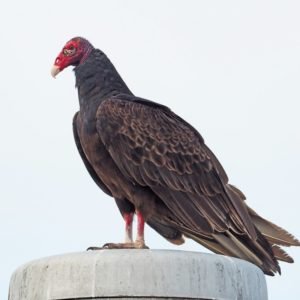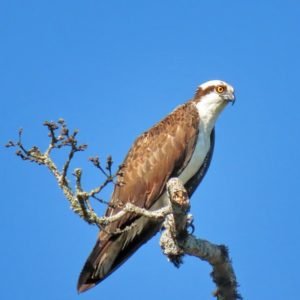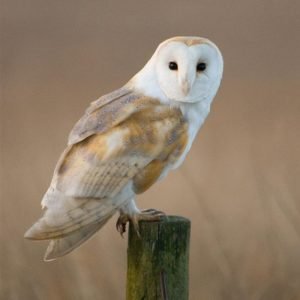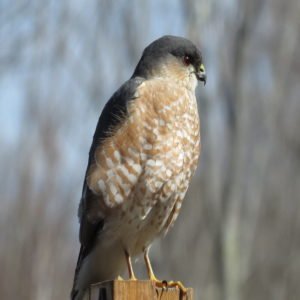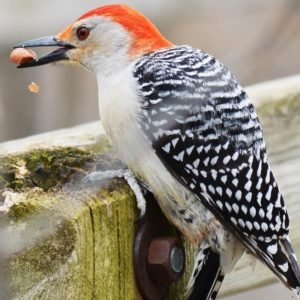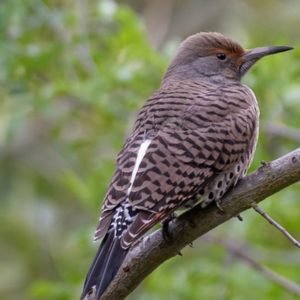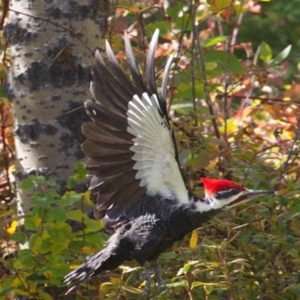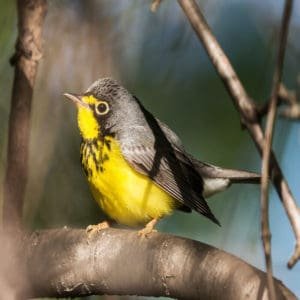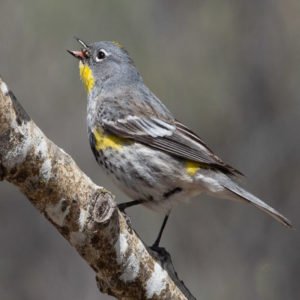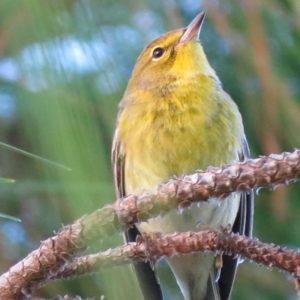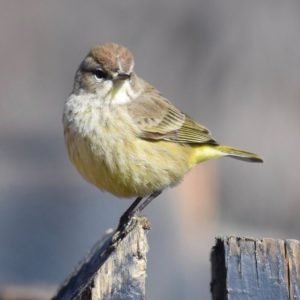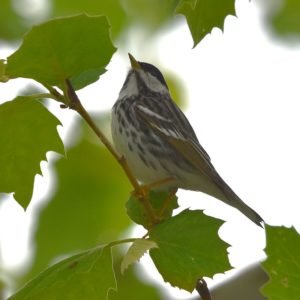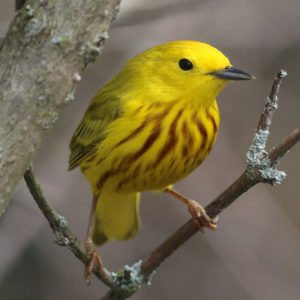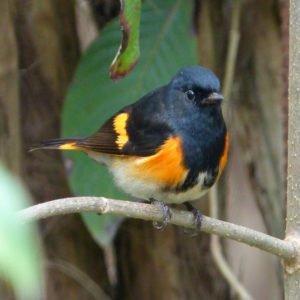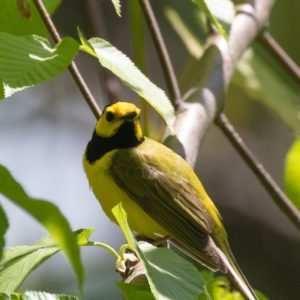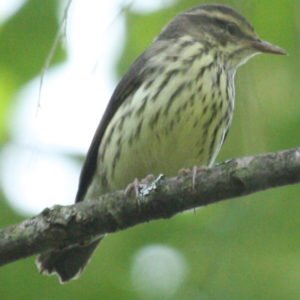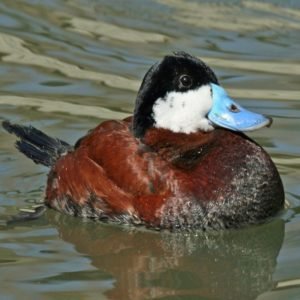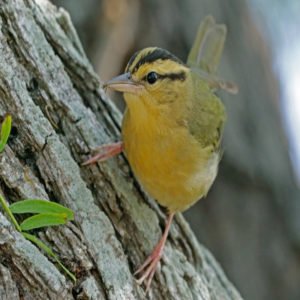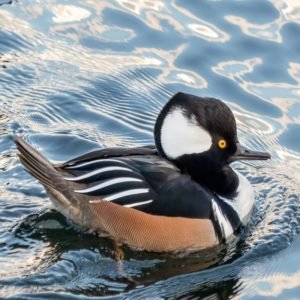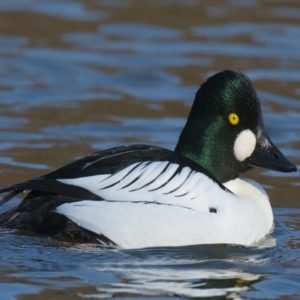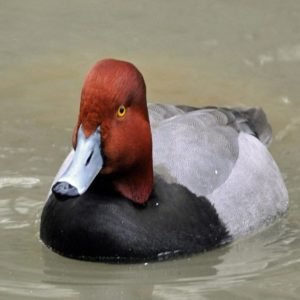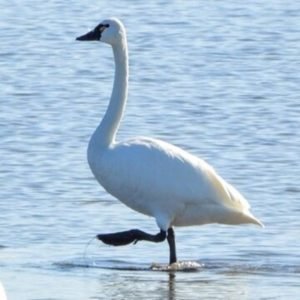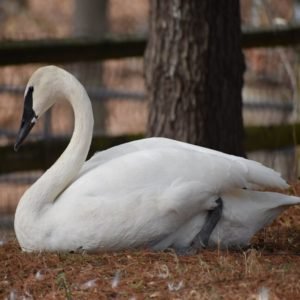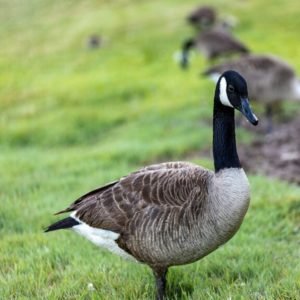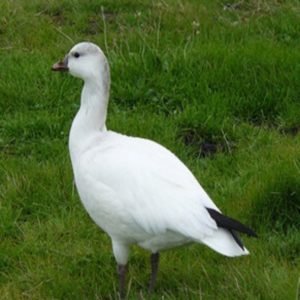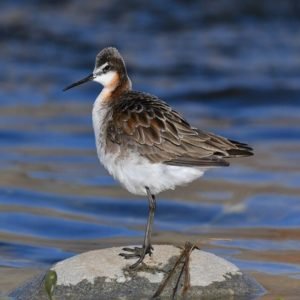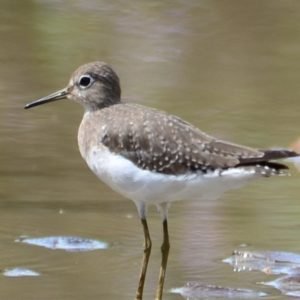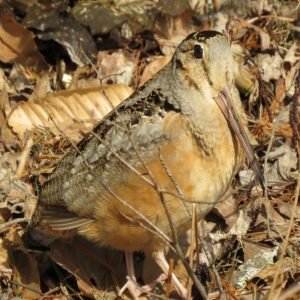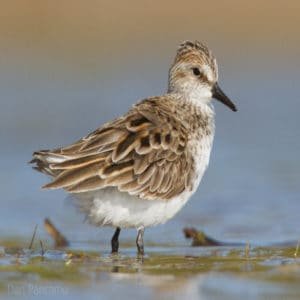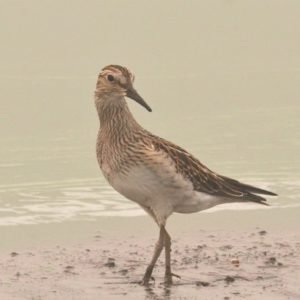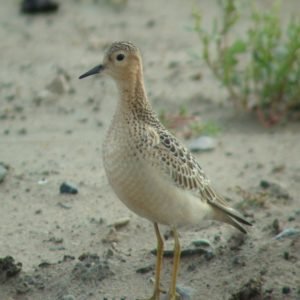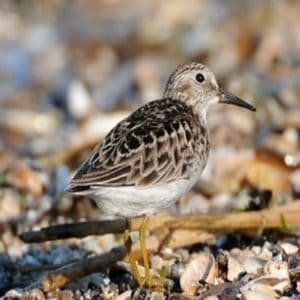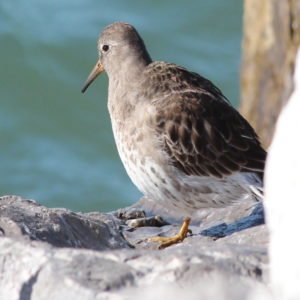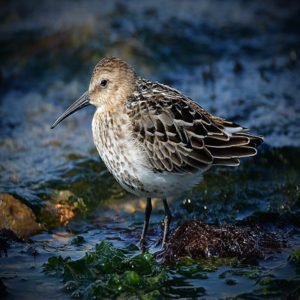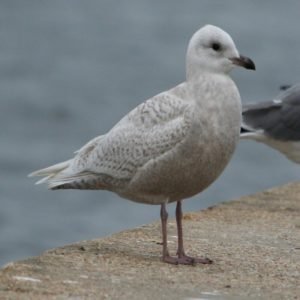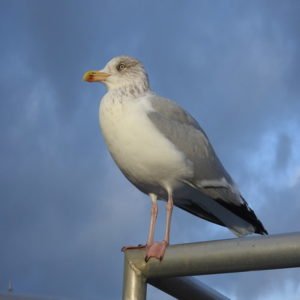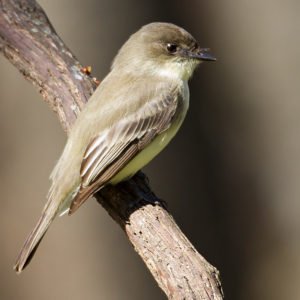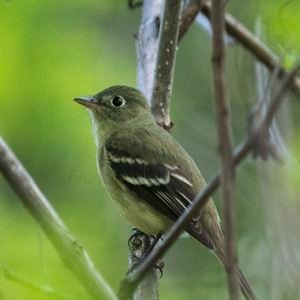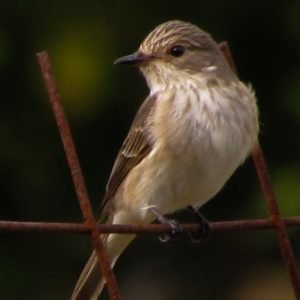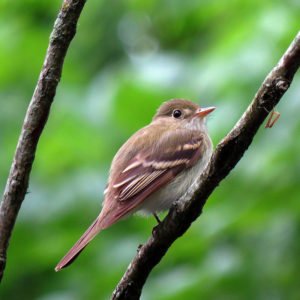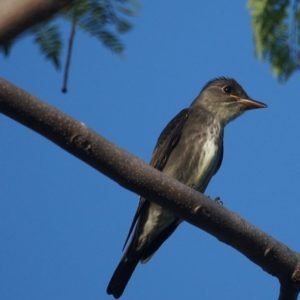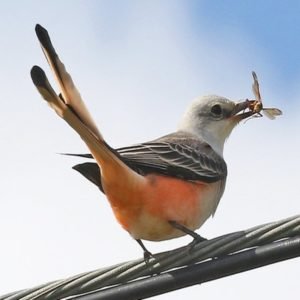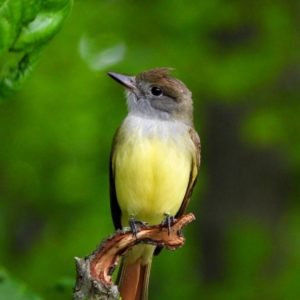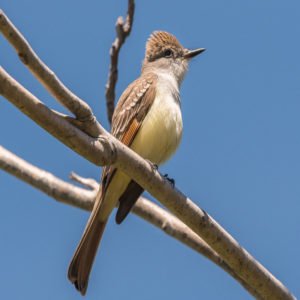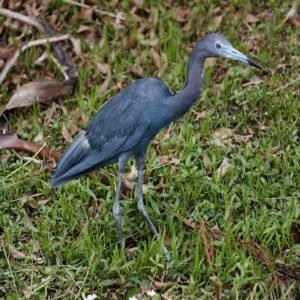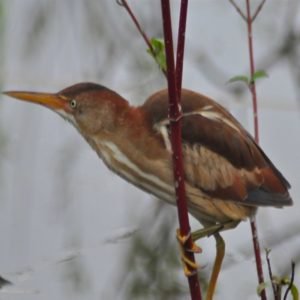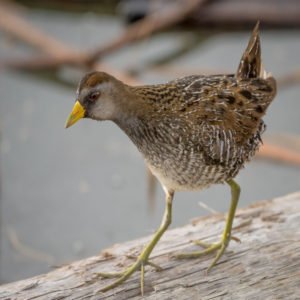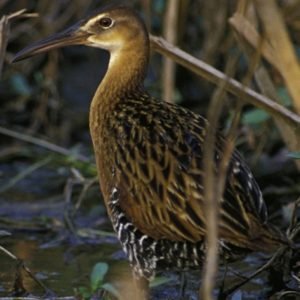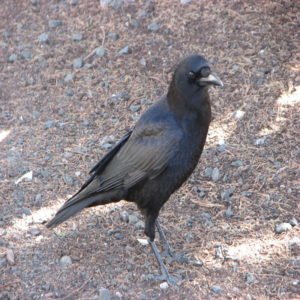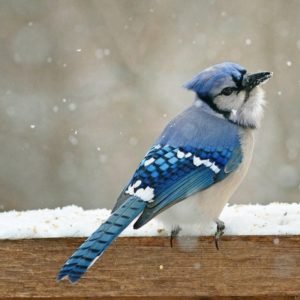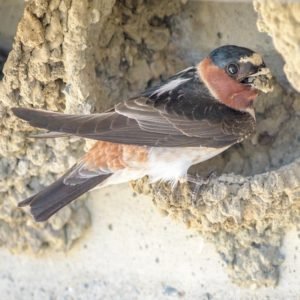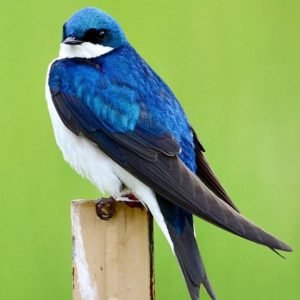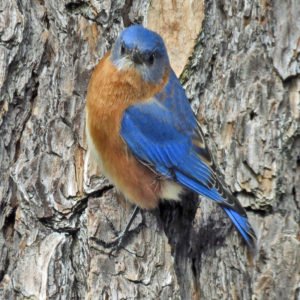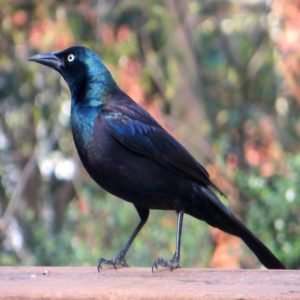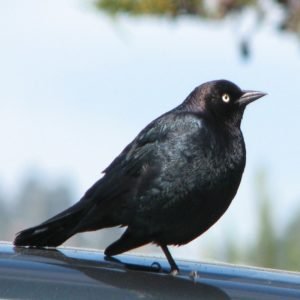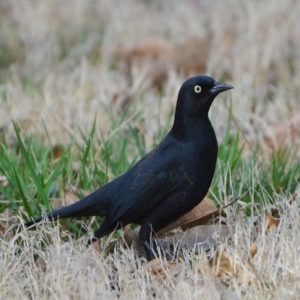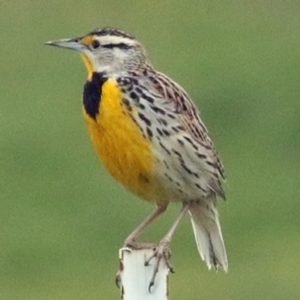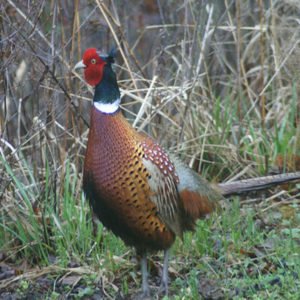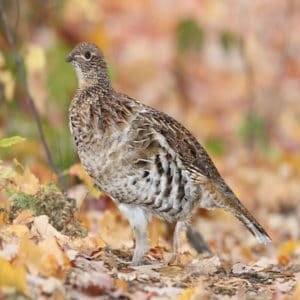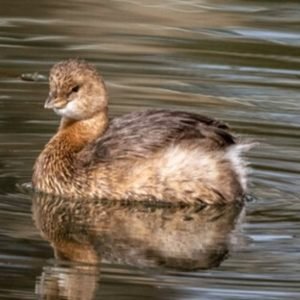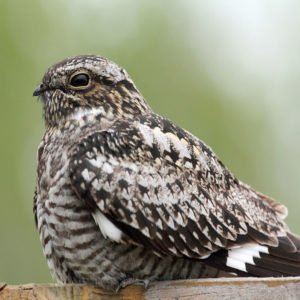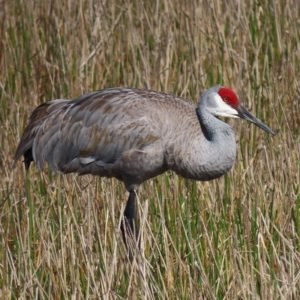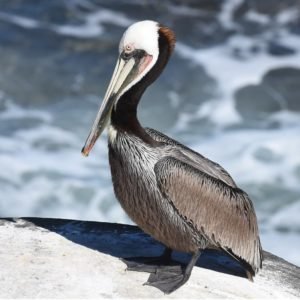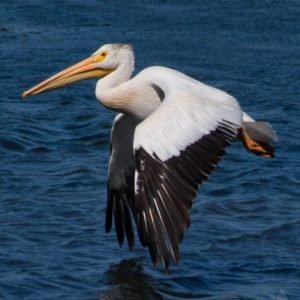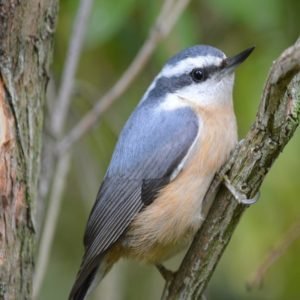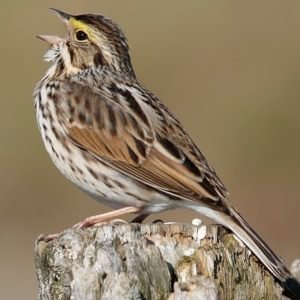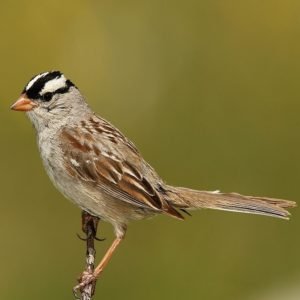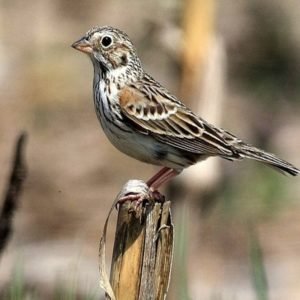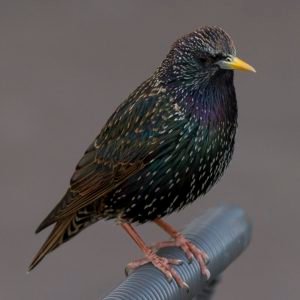In New Hampshire, over 190 bird species breed. Birds of New Hampshire comprise species documented in the U.S. state of New Hampshire and accepted by the New Hampshire Rare Birds Committee (NHRBC) and New Hampshire Audubon (NHA) (NHA).
As of February 2019, there were 420 species on the list. 131 are currently under study, and six have been introduced into North America. Three species are extinct, while three others have been extirpated.
New Hampshire is known as the ‘Granite State’ for its White Mountain region, Eastern New England Uplands, and Appalachian Highlands. These three principal zones comprise a mosaic of picturesque habitats that attract a variety of birds, some of which dwell!
Additionally, the purple finch is selected as the official state bird of New Hampshire.
New Hampshire birds of prey
In New Hampshire, 15 species of birds of prey can be observed. Some are year-round residents, while others are seasonal guests or travelers who pass through during the spring and fall migration seasons. Some are uncommon visitors who appear every 3-5 years. They range in length from 9 to 33 inches and have wingspans of 20 to 72 inches. They are distributed across the state.
Hawks, falcons, raptors, and birds of prey are all colloquial phrases. They are all classified as Falconiformes and have a small, highly hooked beaks and sharp, curved talons (claws).
Continue reading to learn more about these raptors.
Eagles in New Hampshire
Initially, the eagles behaved as if they were pregnant, and biologists presumed the nest contained one or more babies. The eagles’ behavior then abruptly changed, and it became evident that the chick(s) had perished. Biologists worked fast to locate a captive-raised chick to place in the nest. It is not uncommon to place a foster chick in a nest that already has a chick.
Bald eagles are very uncommon in New Hampshire. In 2006, the state had a total of 12 active nesting locations (New Hampshire Audubon). The bald eagle was first listed as an endangered species on the New Hampshire vulnerable and endangered species list in 1979. At the time, the state of New Hampshire had been without eagle nesting for 30 years.
Owls in New Hampshire
Typical owls range in size from little to huge nocturnal birds of prey. They feature huge forward-facing eyes and ears, a hawk-like beak, and a prominent feathered circle called a face disk around each eye. In New Hampshire, eleven different species of owls can be sighted. Some breed here, while others visit throughout the winter or for a brief period.
They may adopt a variety of various techniques for hunting, diet, habitat utilization, and nesting, depending on the species. Despite their diversity, owls share some distinctive characteristics that aid in their survival.
As is the case with many predators, owls play a critical predator role in forest and field environments, and there is a range of things humans can do to ensure their safety and integration into local animal communities.
Common backyard birds of New Hampshire
New Hampshire’s granite state is home to numerous wild bird species. In this section, we’ll look at some of the most common birds found in New Hampshire, with an emphasis on those found close to home. While some of these species spend the entire year in New Hampshire, others are migratory and only visit on a seasonal basis.

Spinus Tristis – American Goldfinch
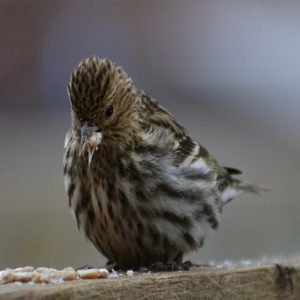
Spinus Pinus – Pine Siskin

Acanthis Flammea – Common Redpoll
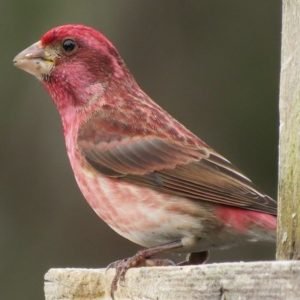
Haemorhous Purpureus – Purple Finch

Haemorhous Mexicanus – House Finch

Pinicola Enucleator – Pine Grosbeak

Coccothraustes Vespertinus – Evening Grosbeak
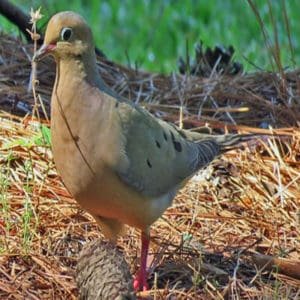
Zenaida Macroura – Mourning Dove

Streptopelia Decaocto – Eurasian Collared-Dove

Columba Livia – Rock Pigeon

Baeolophus Bicolor – Tufted Titmouse
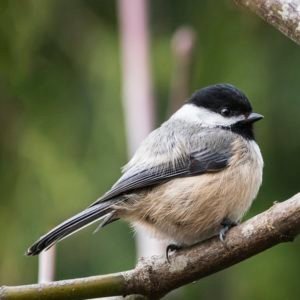
Poecile Atricapillus – Black-Capped Chickadee
Woodpeckers in New Hampshire
New Hampshire is the second most forested state in the United States, with about 4.8 million acres of forest area. We definitely love seeing its mesmerizing vistas of fall foliage, especially around the Great North Woods.
While admiring these trees, you’re certain to observe one or two woodpeckers tapping at the bark in search of insects. While it is possible to simply see such magnificent activity, it will be much more enjoyable if you can identify the species in front of you. The popularity of woodpeckers is partly due to their preference for dwelling in and around residential areas. As a result, they make excellent photographic subjects.
Additional images of these species are included in the section below.
Best Birdwatching Spots in New Hampshire
New Hampshire’s vast forest provides ideal circumstances for woodland bird observation. Additionally, New Hampshire is home to hundreds of distinct bird species. Bird watchers from all over the country make their way to New Hampshire to experience some of the best birding in North America.
- Odiorne Point State Park
- Great Bay National Wildlife Refuge
- Hampton Beach State Park
- Mount Washington
- Pondicherry Wildlife Refuge
Other New Hampshire birds
You’ll come across deep emerald forest blankets, hills, mountain peaks, and valleys. As a result, New Hampshire has a diversified and rich ecology that is teeming with flora and animals and abundant in birds.
Additional birds found in New Hampshire are listed below.
If you have encountered a bird in New Hampshire that is not yet on our list or that you cannot identify yourself, we’ll be happy to identify it for you. Simply take a picture of it and upload your picture, a quick description and the U.S. state where it was found here on our bird identification page.

